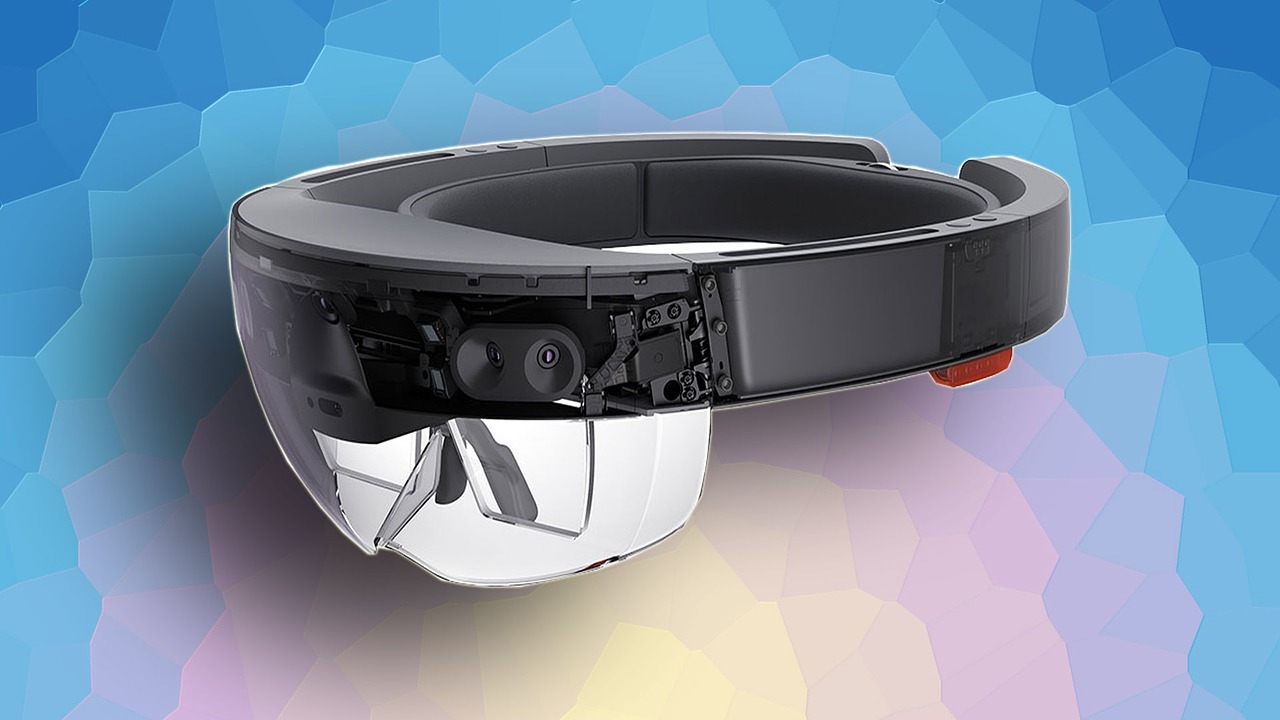Security And Privacy Issues For AR: Who Is Guarding The Gates Of Augmented Reality?
Augmented Reality promises us with an emerging market but also poses a serious challenge to the security of the users as well as developers. Are we even tackling this issue?
Augmented Reality or AR, in short, is one of the hottest and most discussed technologies. It is also the fastest emerging ones when it comes to consumer gadgets. Augmented Reality is the sister technology of Virtual Reality but takes it a notch ahead by overlaying a myriad of graphics and information on the user’s view of the real world. As the name suggests, it augments our view of the reality, hence creating a hyper-reality. Therefore, Augmented Reality can also be a path-breaking revolutionary technology like the Internet in its earliest days. AR can lead to significant change in the way we live and the way we perceive reality, literally.

Source: Microsoft Hololens
However, what we seem to be missing here is the issue of AR privacy and security. Both of them are intertwined and overlap in their definition. But, we will try to resolve this by considering them as separate entities that need to be dealt with independently by security specialists.
Let’s talk about privacy first. Imagine, you are using your AR headset to play a game watch an augment striptease on your dining table. No consumer in his right mind would like a third party to see that view and see reality unfolding in all its glory as he sees it. Hacking into one’s headset and live streaming one’s current usage can thus be disastrous. Miscreants may also keep a tab of when the user has been using the VR headset and what he has been consuming and download the view later. AR will thus lead to a massive diversification of cyber-crime.
Security is almost the same as privacy. However, it also includes breaches that are ‘non-privacy’ in nature. Let us say if a bunch of cyber miscreants disable certain headsets in such a way that the feature flashing certain information gets blocked. Such a breach has the power to cause to accidents and deaths. As AR becomes public, some of its features can be exploited for fulfilling malicious goals.
Children are even more vulnerable to any Augmented Reality security compromises. A game such as Pokémon Go can put children at a greater risk of being in situations that put their physical safety in danger.
We are sure you remember the Blue Whale Challenge that led to deaths of many teens around the world. Imagine that same sick tactic used on AR headsets. Hackers would make children and teens (and even an increasing number of clueless adults) vulnerable to committing sick acts of self-harm so that their private AR data is not made public. It can also be used to get ransom in exchange for not releasing one’s personal data.
To conclude, it is to be stated that since AR is such a sensitive technology, AR security and privacy cannot be compromised with. Development of the technology has to be met with a simultaneous development of its security parameters.



